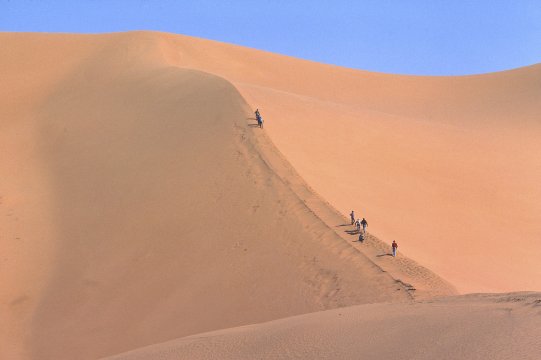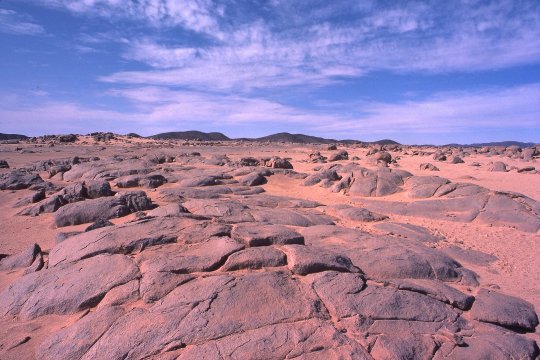|
John Tyman's Cultures in Context Series EGYPT and the SAHARA www.johntyman.com/sahara |
|
1.1 Landforms 001-020 |
| , |
|
John Tyman's Cultures in Context Series EGYPT and the SAHARA www.johntyman.com/sahara |
|
1.1 Landforms 001-020 |
| , |
 |
| 011. Pyramid or star-shaped dunes are characteristic of areas where winds change direction with the season; and they can be hundreds of metres in height. (South of In Amenas) |
 |
| 017. Elsewhere you will find wind-scoured rocky plateaux -- hammada -- flattened by the work of water in times past, and polished later by wind abrasion. (Near Arak; between In Salah and Tamanrasset) |
![]()
Text and photos by John Tyman
unless otherwise indicated.
Intended for Educational Use
Only.
Contact Dr. John Tyman at johntyman2@gmail.com
for more information regarding
licensing.
![]()
www.hillmanweb.com
Photo processing, Web page layout,
formatting and hosting by
William
Hillman ~ Brandon, Manitoba ~ Canada